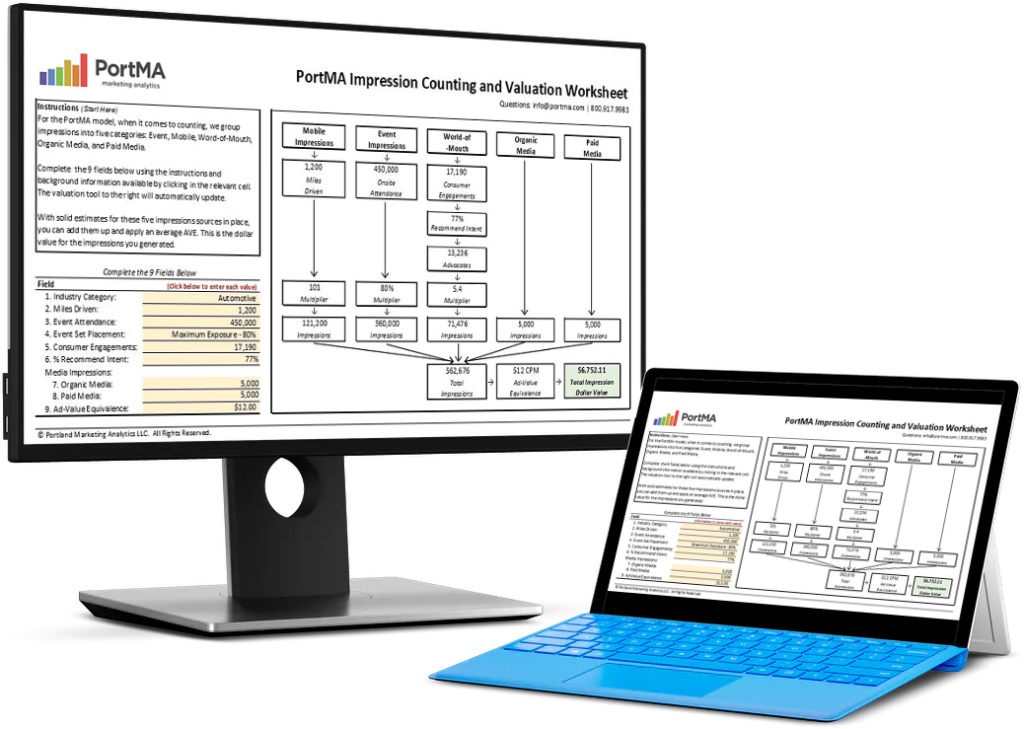
Negotiating sponsorships and venue agreements is a key part of running successful experiential marketing campaigns. Using benchmarking data helps you make those negotiations more successful.
In this two-part blog, we show you how to use benchmarking to validate your sponsorship and venue agreements – or negotiate a better deal.
Estimated reading time: 3 minutes
Sponsorship Metadata
To validate venue contracts, you want to look at the metadata of the activations you had on-site. So, we are considering the consumer response, event impressions, and how well the event impacted potential customers. You are also checking whether the event generated a positive ROI and whether you reached the right type of consumers through your chosen venue.
In short, you use the data to understand whether what you were being sold matches what you got. There are two ways of assessing this:
- Validating the venue’s performance commitment
- Evaluating sponsorship options to find the best fit for your brand
Here are our thoughts on how to best use benchmarking data to achieve these goals.
(You can listen to the full episode of the podcast below.)
Event Types and Audiences
It may be stating the obvious, but different event types attract different crowds. Reaching the right audience for your brand is perhaps the most important aspect of delivering successful experiential marketing. For that reason, matching audiences to venues is critical to sponsorships.
Let’s look at an example: a venue manager tells you that their convention is a great place to engage millennial females. But when you check your historical engagement data you see that conventions skew toward male attendees and only about a third of attendees are millennials.
Now, this convention may be different, but using your benchmarks to understand past performance puts you in a better position for negotiating a new agreement.
Selecting the Right Venue
It is just as easy to approach the process from the other end. Let’s assume your target audience is millennial females. As an agency with access to historical benchmarking data, you check your information and find that bars and restaurants deliver a 50/50 split between men and women. It would be easier to target females there than at conventions.
Perhaps you also previously used fair festivals for experiential marketing? They are often a bit more family-oriented, and your data tells you that there are 58% women, with about half of them from the millennial generation.
Based on that knowledge, a fair festival may generate a better ROI than an activation in a bar or restaurant. Both could outperform a convention. Having this information easily available takes the guesswork out of choosing the right sponsorship package.
Managing Client Expectations
As an agency, this benchmarking data helps you manage client expectations. Your recommendations to the brand team are backed up by historical data, and you can use that data to develop predictive ROI models. Thus, giving you leverage to negotiate better sponsorships.
It is as straightforward as saying “if I reach this level of target consumers, you can expect the impact to be that.” Take this a step further and break it down by attendance, the volume of visitors per hour, and more to share your logic with the brand.
Part Two of this blog will home in on using benchmarks to evaluate campaign budgets.

Download the Free Spreadsheet Tool
CALCULATE THE DOLLAR VALUE OF EVENT IMPRESSIONS
PortMA Impression Counting and Valuation Worksheet
Download this spreadsheet and complete the fields for your campaign to get a clear count of your activation impressions translated into a Dollar Value of Marketing
Impression Spreadsheet
